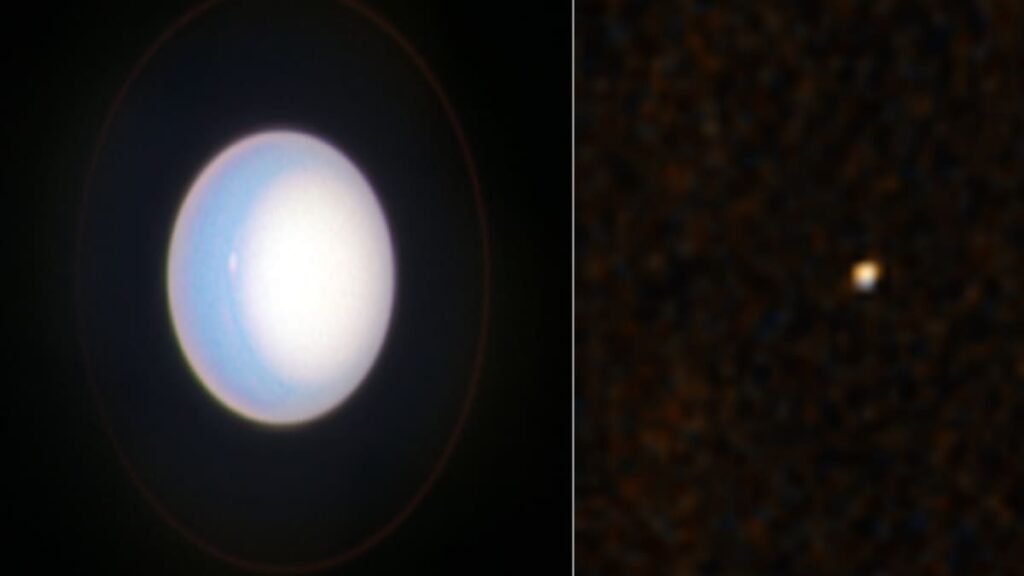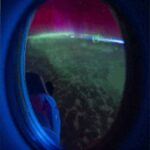NASA’s Hubble Space Telescope and New Horizons spacecraft have joined forces to observe Uranus, a planet known for its mysterious atmosphere. From its position in low Earth orbit, Hubble captured detailed images of Uranus’ atmosphere, including clouds and storms, while New Horizons, 6.5 billion miles away, observed the planet as a tiny dot. These combined observations offer astronomers important insights into imaging distant exoplanets around other stars, providing essential context for future missions.
A unique perspective of exoplanet imaging
Lead author Samantha Hasler of the Massachusetts Institute of Technology, who works with the New Horizons team, explained that the collaboration between the two spacecraft serves as a test case for observing distant exoplanets. Hubble’s close-up view of Uranus, combined with remote viewing by New Horizons, is helping researchers learn how Uranus-like gas giants can appear when viewed from light-years away.
Valuable insights for future missions
The observations revealed that Uranus was darker than predicted in the New Horizons data, providing a new understanding of how light is reflected at different angles. The discovery has significant implications for future missions like NASA’s Nancy Grace Rome Space Telescope and the Habitable Worlds Observatory, both of which will focus on studying exoplanets. Alan Stern, principal investigator for New Horizons at the Southwest Research Institute, noted that these discoveries add to the understanding of the atmospheres of distant planets, preparing astronomers for future missions aimed at discovering habitable worlds.


